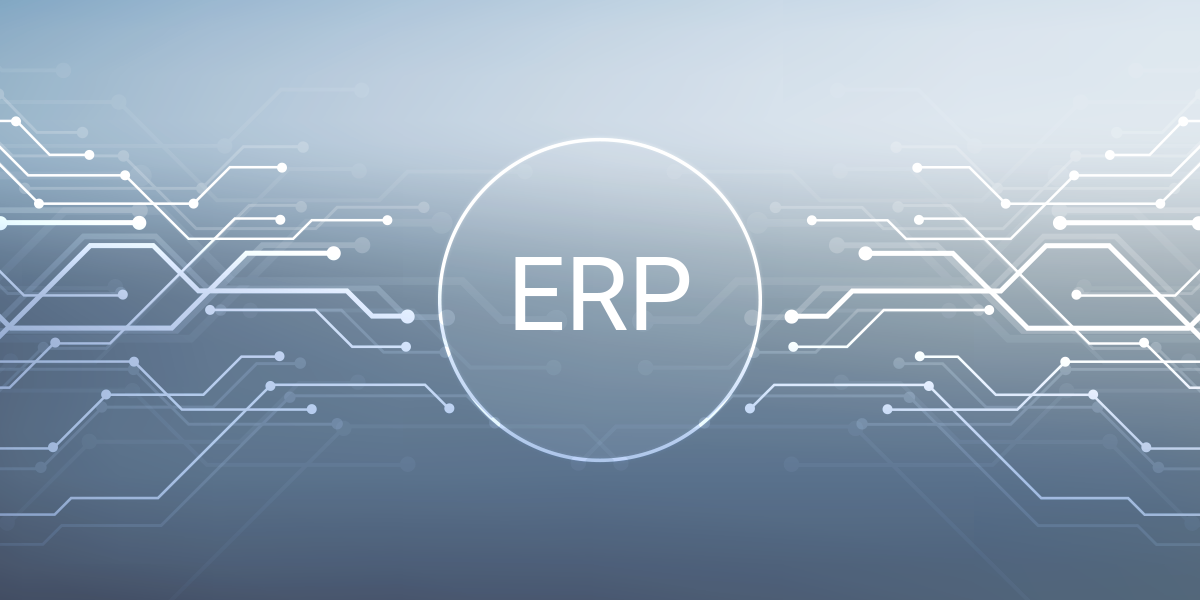Analysts at the research company Gartner estimate that up to 75 percent of all ERP projects fail. That is something that can be prevented: Many possible stumbling blocks can be cleared out of the way during an ERP selection. But how do you find the right system?
There are countless ERP systems. In addition to commercial providers, there are now even some open source and free systems. Many food companies will need a new system in the foreseeable future, but find it difficult to find their way through this huge offering. Especially for the decision-makers of medium-sized companies, the large-scale search for an ERP system often turns out to be quite a headache.
Three possible approaches for an ERP selection
This is understandable, because you can make a lot of mistakes when choosing an ERP system. A software that is so close to the core of the company must fit like a custom-made suit and still be affordable. The ever-progressing digitalization is also exerting additional pressure: According to Capgemini's IT trend study, three quarters of all CIOs are now mandated to expand digitization. ERP systems are and will remain the basic prerequisite for this. They are still at the heart of the networked value chain.
But how do you find the best system? There are basically three feasible approaches:
- Other food companies recommend an ERP system.
- A specialized consulting firm is called in.
- You go and look for yourself.
So there is no ideal way to choose an ERP system for the food industry, but there are certainly some decision-making aids.
Which aspects are most important?
The most important tip is: Prepare the selection carefully and focus intensively on the topic. After all, you don't want to be one of those people whose ERP system simply explodes in their face - according to Gartner analysts, that's 75 percent. Based on the experience of more than 1,200 ERP implementations at food companies, we have three recommendations for you when it comes to choosing an appropriate ERP system.
- The ERP system has to speak your language
Rely on the right industry software, because the demands of the food industry are tough: High demands on documentation, optimization of material usage, batch-oriented production processes, connection to weighing data - an ERP system must reflect all this and much more in the standard version. It is also essential that the software is recipe based. On this basis, raw materials are purchased, production is planned, the costs of a product are calculated and mixing ratios are optimized. Only a company that controls bills of materials and recipes with IT support can label its products correctly, identify allergens, nutritional values and ingredients and at the end of the process provide full traceability for each and every batch.
- The mobile capability of the system is a major success factor
Do your employees already use mobile handhelds or do they still record important data with pen and paper? Then you should definitely pay attention to the mobile capability of the ERP software: Mobile picking via a PDC unit, pick-by-voice or pick-by-vision or simply screening the latest reports while on the move - Mobility harbors economic advantages wherever data needs to be collected, passed on or checked. This not only saves time and money in terms of information acquisition and processing at goods receipt, in production or inventory.
Potential error sources are also eliminated, because if devices communicate perfectly with the ERP software, there are no media disruptions or manual or double data entries. The Russian Miratorg Group is a prime example of the advantages of ERP mobility for food producers. Miratorg handles all QA-relevant tasks from the receipt of goods to dispatch, mobile and directly in the process. Test results can therefore be used and processed directly in the ERP software. And because the data is electronically documented, it is quickly available again in the event of an incident.
- The Smart Food Factory needs an open ERP system
Check the system's interface capability, because as the control center of your company, the ERP system must interact with a large number of programs. For example, data must be exchanged with suppliers, retail chains or the company's own web shop, or product information must be exported to consumer information systems. And this only works if the ERP system integrates all relevant subsystems and ensures the flow of information from and to the different systems. Important interfaces are for example RFC1006, OPC UA, EtherCat, ProfiNet, Ethernet/IP, Sercos III, CC-Link IE, CAN, Modbus, Profibus or USB. Of course, it must also be possible to connect machines, plants, warehouses, transport systems, robot controllers or measuring and weighing systems to the ERP system. Ask the provider if he offers interfaces to all common and proprietary communication protocols. Because the Smart Food Factory, the self-controlling factory, is coming. And it needs one thing above anything else: Transparency among actors.
Implementation methodology determines project success
After the selection comes the implementation and speed counts. Make sure that there is a proven implementation methodology and that the ERP provider has already implemented similar projects. Nevertheless: Every project is as individual as your company itself. Therefore, make sure that the provider has a team of industry specialists who can help you overcome many hurdles.
To make it easier for you to find an ERP system, we have compiled central selection criteria in our White Paper 9. In it you will find important functional, technological and strategic aspects to consider when selecting and implementing ERP. You can download it here.


